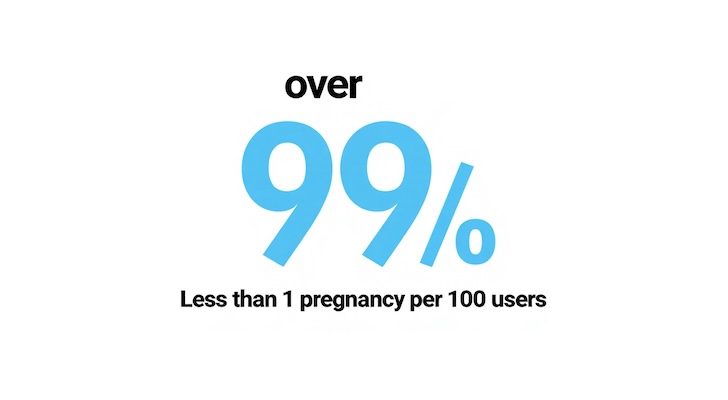Hormonal Birth Control Implant: Everything You Need to Know

What is the birth control implant? The birth control implant is a small, flexible rod about the size of a matchstick. It's placed under the skin of the upper arm and slowly releases a hormone called progestin. This hormone prevents pregnancy by stopping ovulation and thickening cervical mucus.

How does it work? The implant releases a steady dose of progestin into the bloodstream. This hormone stops the ovaries from releasing eggs and makes it harder for sperm to reach any egg that may be released. It also thins the lining of the uterus, reducing the chances of implantation.

How effective is it? The implant is over 99% effective. That means fewer than 1 in 100 users will get pregnant while using it. It's considered one of the most reliable forms of reversible birth control available today.

How long does it last? The hormonal implant provides protection from pregnancy for up to 3 years. After that, it must be removed or replaced. It can also be removed earlier if needed, such as in the case of side effects or a decision to try to conceive.

Who is it recommended for? This method is ideal for those who want long-term birth control without having to think about it daily. It’s suitable for most women, though it's not recommended for individuals with certain medical conditions or for those who prefer a non-hormonal method.

Insertion procedure. A healthcare provider performs the insertion in a clinic using local anesthesia. The procedure typically takes less than 5 minutes. A small bandage is placed on the site, and normal activities can usually be resumed shortly afterward.

Side effects. Common side effects include changes in menstrual bleeding patterns, such as irregular periods, spotting, or no period at all. Other possible effects are headaches, weight gain, acne, and mood swings. Serious side effects are rare but possible.

Removal and fertility return. The implant can be removed at any time by a healthcare provider. Most women regain fertility quickly, often within a few days or weeks after removal. If pregnancy is desired, there is typically no long-term delay.

Cost and insurance coverage. The cost can vary depending on location and insurance. In many cases, the implant is fully covered under health insurance plans. Without insurance, it may be expensive, but it provides three years of protection.

Summary and what to consider. The hormonal birth control implant is a highly effective, low-maintenance option for long-term pregnancy prevention. It offers reliable protection and quick return of fertility after removal. Like any medical choice, it’s important to consult a healthcare provider to determine if it’s the right fit based on personal health, lifestyle, and reproductive goals.
